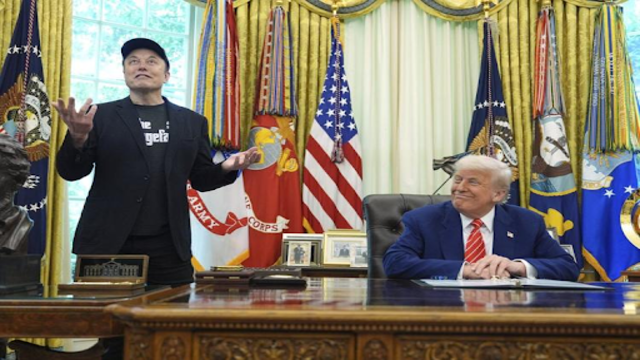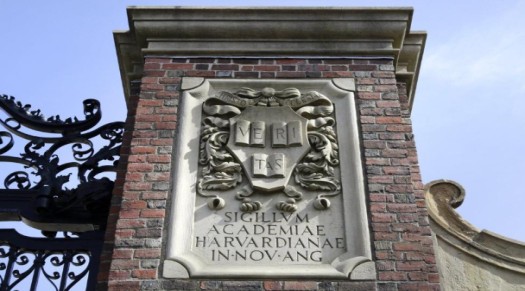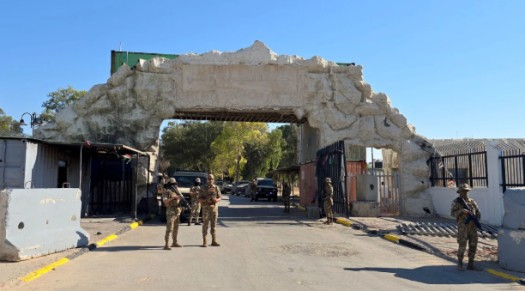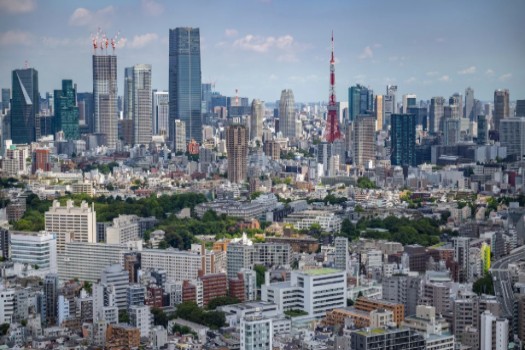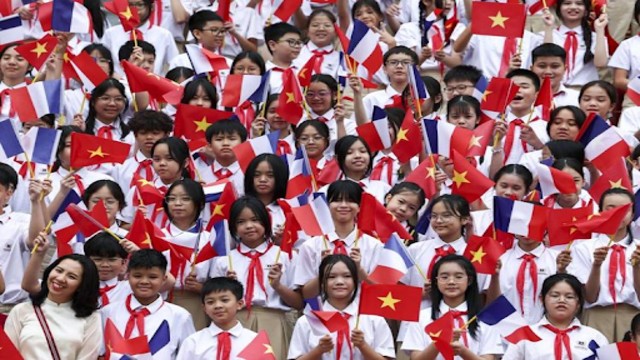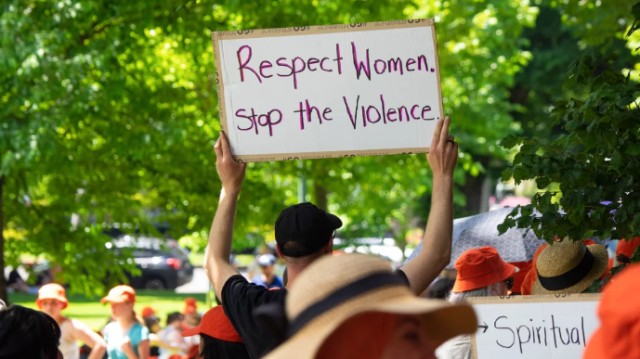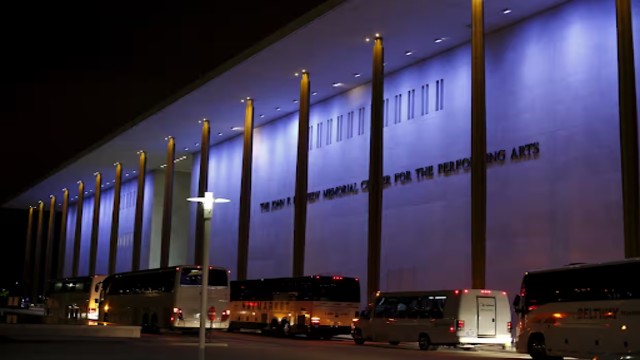
The Kennedy Center in Washington glows blue in October 2015 to mark the UN's 70th anniversary. REUTERS
President Donald Trump is making major changes to the Kennedy Center, removing several board members and installing himself as chairman. The decision is part of a broader effort to reshape government-supported arts and cultural programs during his second term.
Trump is expected to dismiss multiple board members, including appointees from former President Joe Biden’s administration. Among those likely to be removed are political strategist Mike Donilon, former White House press secretary Karine Jean-Pierre, and Democratic National Committee finance chair Chris Korge. The White House has also discussed plans to have Trump serve as chairman of the board, according to sources familiar with the decision.
Hours after reports surfaced, Trump confirmed the news on social media, stating that he plans to make the Kennedy Center “GREAT AGAIN” by appointing new leadership, including himself as chairman. “The Kennedy Center is an American jewel,” he wrote, promising that it would reflect the “brightest stars” of the nation’s arts and culture.
The Kennedy Center has not received any official notification regarding Trump’s plans. Its vice president of public relations, Eileen Andrews, stated that no formal communications had been made before Trump’s public confirmation.
During his first term, Trump had a strained relationship with the arts world. He never attended the Kennedy Center Honors gala, as many artists protested his administration and refused to attend White House events. In 2017, all members of the President’s Committee on the Arts and the Humanities resigned over Trump’s handling of racial tensions in Charlottesville, Virginia. Instead of replacing them, Trump disbanded the committee altogether.
Trump also showed little interest in the National Medal of Arts, awarding only nine medals throughout his first term. By comparison, Barack Obama distributed 76 over eight years, and Biden awarded 33 in four years.
While Trump initially supported additional funding for the Kennedy Center, he later changed his stance, saying he regretted including it in a 2020 relief bill. His mixed approach to arts funding was reflected in his previous attempts to cut budgets for the National Endowment for the Arts and the National Endowment for the Humanities, though Congress ultimately increased funding.
Now, Trump is taking a more hands-on approach to cultural institutions. Immediately after his second inauguration, he disbanded Biden’s version of the President’s Arts Committee and began imposing his own vision on government-backed arts initiatives.
He also reinstated plans for a "Garden of American Heroes," a project from his first term featuring statues of notable American figures. Additionally, he has taken control of planning for the country’s 250th anniversary in 2026, proposing celebrations that include a nationwide state fair and a new high school sports competition called the "Patriot Games."
Trump’s arts policies are expected to face pushback, especially with his executive order eliminating diversity, equity, and inclusion programs across federal agencies. Arts organizations that received government funding under Biden for promoting diversity may now see those programs cut under Trump’s administration.






